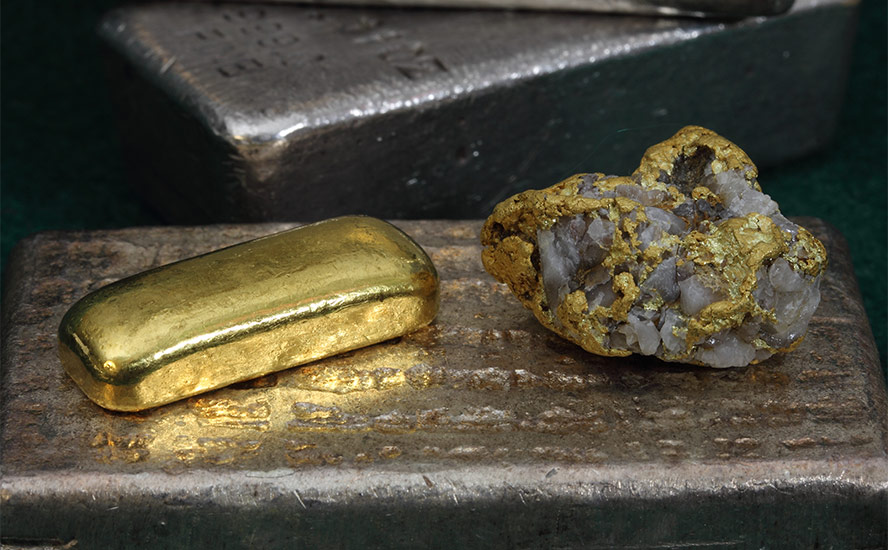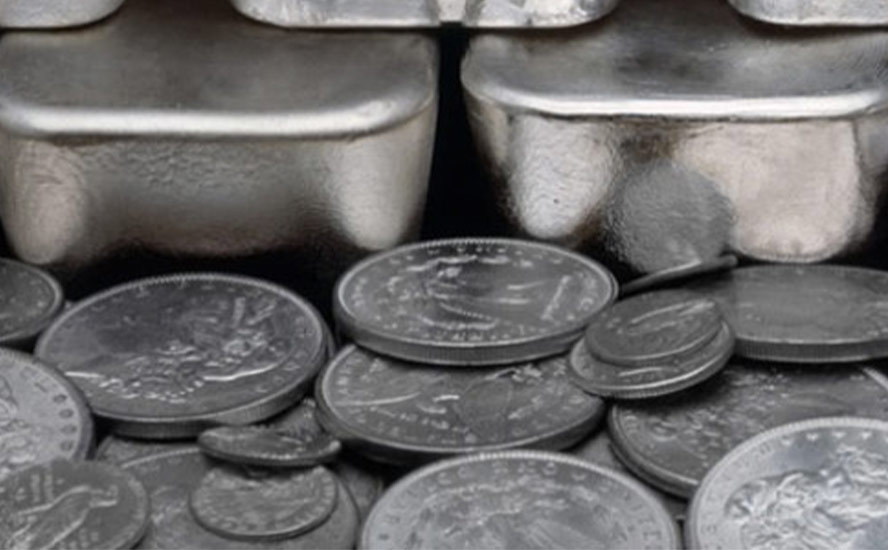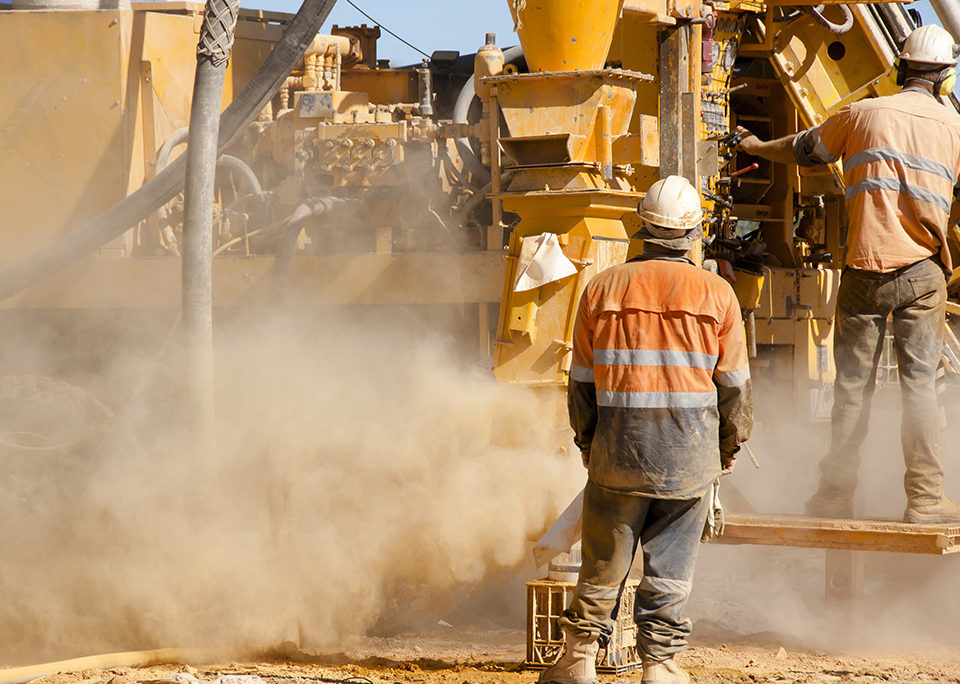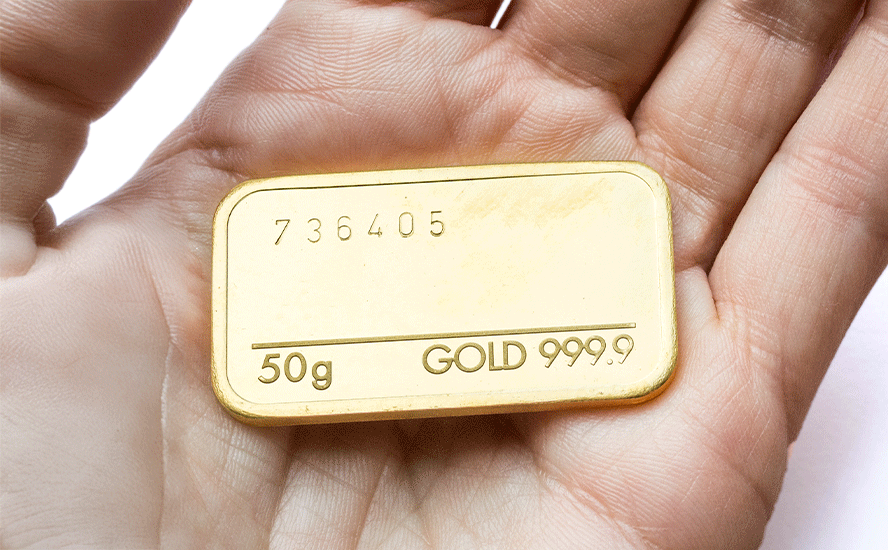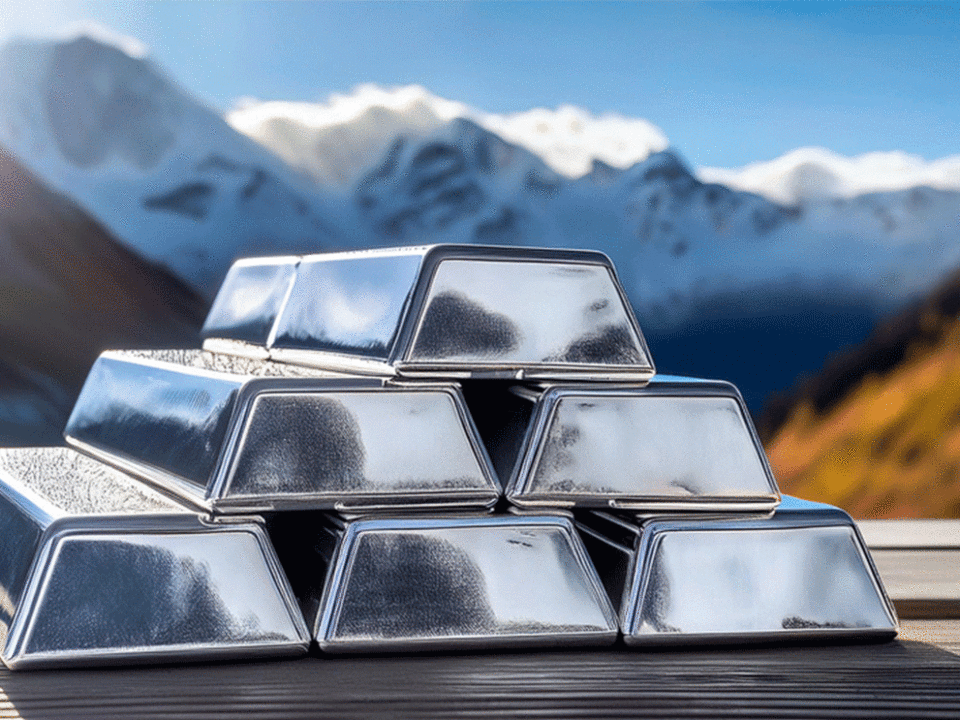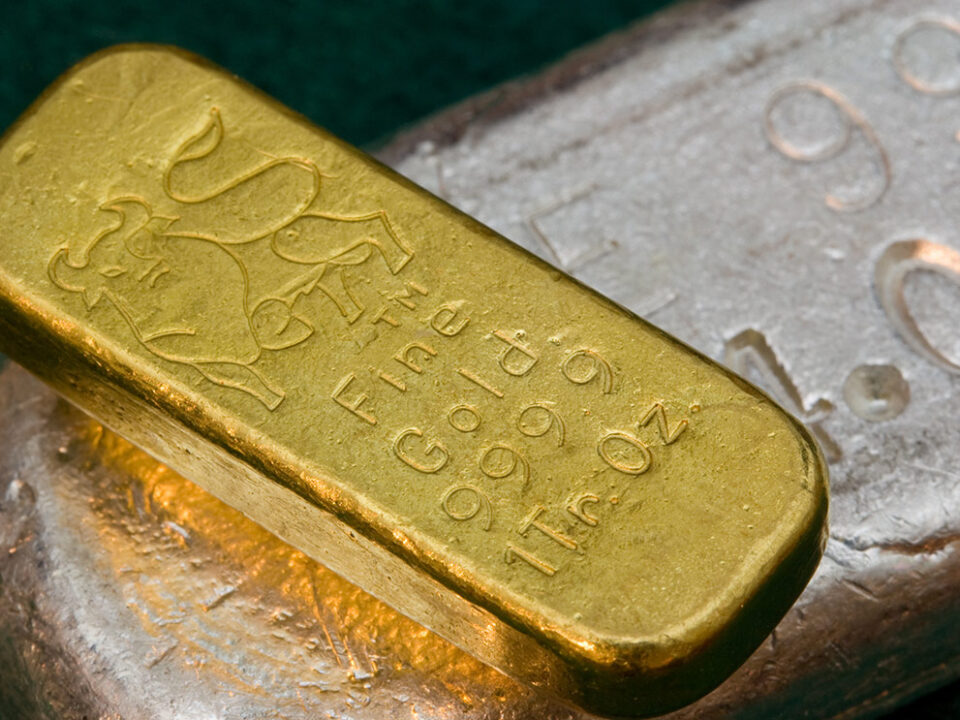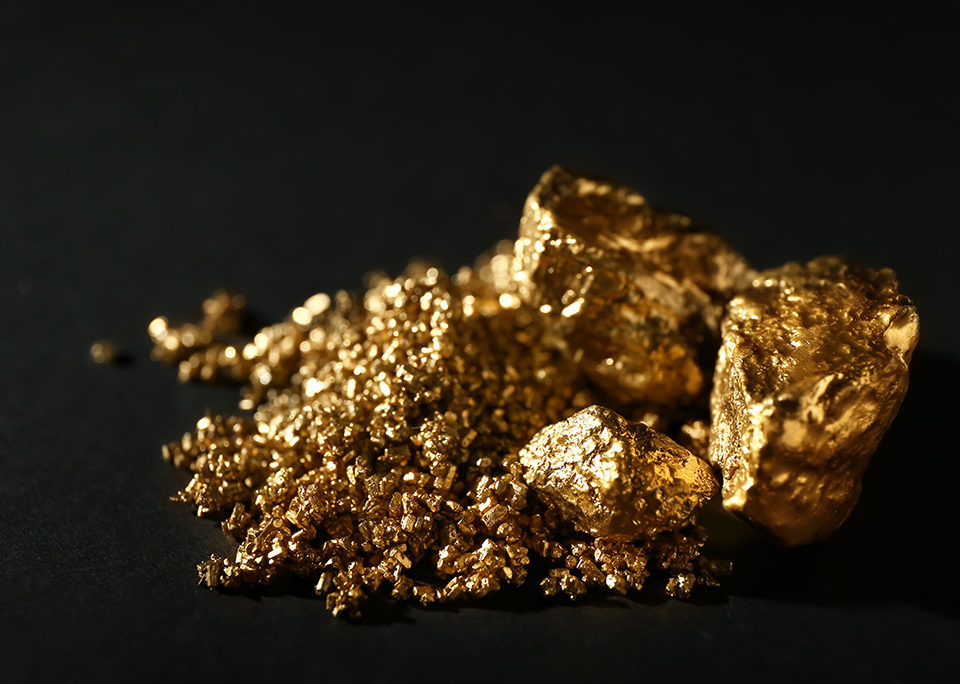Getchell Gold poised to drill North Fork High-Grade Zone
2022.04.06
The subject of multiple exploration campaigns, with nearly 50,000m of drilling completed, Getchell Gold’s (CSE:GTCH, OTCQB:GGLDF) Fondaway Canyon covers 12 known veins and five mineralized areas — Colorado, Halfmoon, Paperweight, Silica Ridge and Hamburger Hill.
A 2017 technical report estimated 409,000 oz indicated gold resources grading 6.18 g/t Au and 660,000 oz inferred grading 6.4 g/t Au, for a combined 1.1 million oz. Up to 80% of these ounces are within the Colorado, Paperweight and Halfmoon zones, with the remainder found in parallel veins or splays off the main veins.
According to Brad Aelicks, a geologist and manager of Pyfera Growth Capital Corp, who I talked to about Getchell a few weeks ago, “You don’t often see that kind of grade as 6 grams is exceptionally high grade anywhere in the world in this day and age. Also most deposits in Nevada are in the 1 gram or sub-1 gram range, while Fondaway Canyon has seven or eight different zones that are all carrying really significant grade into a central mineralized area, so it’s pretty exciting.”
Ten holes were drilled in 2021, all of which have reported assay results. All 10, or 3,874 meters, were sunk into the Central Area, and followed up on the Colorado SW, Juniper and North Fork gold zones, discovered in 2020.
In February Getchell reported assays from the last hole of the batch, FCG21-16, which targeted the North Fork Zone.
Best and last hole
Stationed on the canyon floor at the junction of Fondaway Canyon and North Fork, the hole was drilled steeply to the northeast as a step-out from three previously completed holes.

The drill bit intersected a shallow lens grading 2.1 grams per tonne gold over 14.1 meters, before encountering a gold interval grading 6.3 g/t over 50.7m.
The latter included a higher-grade section, of 10.4 g/t over 25.0m, with 12 samples reporting more than 10 g/t, according to Getchell, revealing strong internal high-grade gold consistency. Marking how truly exceptional this is, the FCG21-16 interval returned the greatest “gold grade x thickness” value in the 40+ year history of gold exploration and mining at the project and might represent a major conduit for the gold mineralizing system at Fondaway Canyon.

Furthermore, the hole intersected multiple gold intercepts down hole, including 3.1 g/t over 33.4 from 265.0 to 298.4m, with two higher-grade intervals grading 9.6 g/t over 3.0m and 6.1 g/t over 6.1m.
According to Aelicks, “No matter where you are in the world that is a spectacular intercept and within that there was 10.4 grams over 25m.
“What’s so exciting here is this mineral system just keeps on delivering more and more positive surprises all the time.”
One of the compelling aspects of Fondaway Canyon is the open-pit/ grade potential. Aelicks points to hole FCG21-16 as an example. He notes there are four totally separate mineralized intervals that are all delivering significant, meaningful potential economic values.
He told me, “At the top intercept you have the 2.1 grams over 14m, then you have 6.3 grams over 50m, below that there’s 5 grams over 6m, below that, lower in the hole, there’s another 33m intercept better than 3 grams.
“Look, these grades are unheard of in a pit environment. It’s going to be extremely exciting to see how this thing continues to evolve program after program.”
Aelicks explains how, in his opinion, Fondaway “really delivers one of the best gold optionality plays I’ve ever seen.”
“By optionality I mean what we have here is an exceptional grade deposit that has the potential to be looked at from two different mining probabilities. As we build the grade or the number of ounces, we’re seeing stuff here that you can chase, this 2- to 10-gram material at depth as an underground development anywhere in the world, let alone Nevada which is probably the best place in the world to be.
“But having that optionality, if the price of gold is right, and your deposit holds together on some of this lower-grade material to look at it from a large, open-pit system, is really something that a lot of deposits just don’t have the potential for.
“In a case like Fondaway, the size of the high-grade resource and the closeness of it to surface, really gives you strong optionality to be able to look at, at least a portion of it from a pit perspective. In addition many of these ounces, everything that you see in these holes that’s over 2 grams with the price of gold where it is, may be underground mineable so you have that opportunity to be able to look at the potential for a combined open pit-underground environment for years to come.
2022 exploration
Getchell plans to initiate 2022 field work with a drill program at Fondaway Canyon. The team will be tasked with delineating the mineralization found in hole FGC21-16, i.e., the high-grade discovery of 10.4 g/t Au over 25.0m within a broader 6.3 g/t over 50.7m at the North Fork Zone.
The broader plan is to continue expanding on the substantive zones of mineralization discovered during the previous two years of drilling. The Central Area Zone has been traced 600m along strike and 800m down dip from surface and remains open in most directions.
“The last two years of drilling at the Fondaway Canyon gold project have been extremely successful, especially punctuated by our most recent high-grade discovery. We continue to see no apparent limits to the mineralizing system and the Project’s upside potential,” says Mike Sieb, Getchell Gold’s President, in the April 5 news release. “The forthcoming 2022 drill program will continue the accelerated path of advancement, and I look forward to the commencement of drilling with a high level of anticipation.”
2022 is expected to double last year’s drilling capacity with the addition of a second drill rig.
The first rig is scheduled to start drilling at Fondaway Canyon at the end of this month. The second rig will move onto the Star high-grade copper-gold-silver project, located 60 km north, a few weeks later.
Getchell Gold’s Star contains two main mineralized occurrences (Star Point and Star South), including a past-producing copper mine, with multiple priority drill targets identified. A geophysical survey delineated four additional anomalies exhibiting characteristics of porphyry-style mineralization on the property.
The Star Point near-surface, high-grade copper oxide (tenorite) mine operated from the late 1940s through the mid-1950s.
Previous development focused on a 300 x 300-meter area at the southern edge of a north-south trending promontory. The surface area is covered with various pits, portals, shafts, open cuts and associated dumps. Underground development consists of several short shafts, winzes and tunnels of varying lengths, leading to a series of stopes and drifts.

Regarding Star, Aelicks offered:
“The intriguing part about what we’re seeing on surface is that there is what I would refer to as leakage from what appears to be a very powerful system.
“The leakage has been mined just in small adits at the Star Point area, what was being mined was pretty high-grade copper with lovely silver credits, and really nice gold credits. So this is a multi-element system that has leakages, every open structure that you walk across on the property has signs of mineralization, and what intrigued me most when I first visited this project was seeing the contact between the upper plate and the lower plate rocks, sedimentary sequences, in Nevada. This is a really critical contact that you see in most of the big mines in Nevada, is the contact between the upper plate and lower plate.
“At Star we’re seeing that contact coming right to surface, and as you walk along the contact there are maybe 20 or more old-time pits and adits that have really dug into the hillside and has mined these high-grade, 2%, 3% copper grades in connection with 100-gram silver and some good gold credits in the 1-3 grams.
“This structure is pretty tight, it’s only 1-3 meters wide, it does not appear to me to be the main target. We always believed that there is a huge heat source somewhere close by that’s driven these multi-element metals into the outlying fracture systems. They were historically prospected and mined on a small scale by the old-timers.
“The challenge for us is not to be distracted by all these “rat holes” and to really step back and look at the project on a broader scale to see if we can find the heat source, and ultimately believe that there is a gold-copper porphyry system that would be driving these metals.
“Over time we’ve done multiple geophysical surveys, we’ve done resampling, looked at alteration, we finally have this project worked up to the point where two years ago we did a deep penetrating IP survey, came up with four really good targets that looked like they could all be a cluster of parts of a system that can be driving the mineralization here.
“The idea this year is to go in there and test the top two priority targets. We’re looking at being able to put drill holes through these areas where we have leakage coming up to surface in structures, we’re not going to be drilling the actual contact zone, because Star Point itself is not on the contact, it sits out further in the valley from where the contact is exposed in the hillside, but there’s a structural setting there that is also carrying high grades, that is not the contact zone between the upper plate and lower plate, these are steep-standing structures.
“Right below these steep-standing structures we’re getting a very good signature by both a resistivity low target and the chargeability highs, which is what we were able to see with a sulfidized porphyry system or heat driver.
“So two of those targets will be tested, both of them are going to pass below some known mineralization, going to trend deeper into these chargeability highs, I just can’t wait to learn more about what the potential here is.
“Somewhere in here there’s a big driving system and we hope we get lucky this year.”
Conclusion
To date, the mineralization at Fondaway Canyon has been traced for 800 meters down dip from surface, and it remains open on strike and at depth.
The 10 holes drilled last year not only extended the three new discovery zones from 2020 (Colorado SW, Juniper and North Fork), they returned exceptional gold intercepts, in particular hole FG21-16 at North Fork, discussed in this article, and FG21-08 at Colorado SW, with hits of 4.2 g/t over 27.5m, 2.8 g/t over 24.5m, 1.4 g/t over 30.7m and 1.3 g/t Au over 16.8m.
The Juniper Zone was also intersected by FCG21-08, returning 4.7 g/t over 25.9m, including 11.4 g/ over 5.5m, within 100 meters from surface.
Getchell plans on doubling last year’s successful program with some fresh drilling at Fondaway Canyon. The goal is to delineate the spectacular mineralization found in hole FG21-16.
The addition of a second drill will also enable Getchell to maiden drill-test Star, a copper-gold-silver project known for historical small-scale mining of especially high-grade mineralization.
“An updated resource estimate for Fondaway Canyon is expected sometime in the second half of 2022. The 2017 technical report didn’t include some very significant assay results from at least seven holes drilled by Canarc, so we’re missing some significant drill hole intercepts there, perhaps we can lower our economic cut-off to within an open pit domain, we have our own 16 drill holes from 2020 and ‘21, all hit mineralization, we’ve found new zones, we’ve found higher grade, and we’re going do a major drill program in 2022, I think there’s a large potential for the market to be extremely surprised when we do put out the new resource estimate.” Rick Mills
Your author believes Getchell is building a very compelling argument that they have a much bigger system here than the 1.1Moz of gold that has been described to the market previously. I look forward to a steady flow of news leading up to a highly anticipated revised resource estimate.
Getchell Gold Corp.
CSE:GTCH, OTCQB:GGLDF
Cdn$0.48, 2022.04.05
Shares Outstanding 95.5m
Market cap Cdn$46.3m
GTCH website
Richard (Rick) Mills
aheadoftheherd.com
subscribe to my free newsletter
Legal Notice / Disclaimer
Ahead of the Herd newsletter, aheadoftheherd.com, hereafter known as AOTH.
Please read the entire Disclaimer carefully before you use this website or read the newsletter. If you do not agree to all the AOTH/Richard Mills Disclaimer, do not access/read this website/newsletter/article, or any of its pages. By reading/using this AOTH/Richard Mills website/newsletter/article, and whether you actually read this Disclaimer, you are deemed to have accepted it.
Any AOTH/Richard Mills document is not, and should not be, construed as an offer to sell or the solicitation of an offer to purchase or subscribe for any investment.
AOTH/Richard Mills has based this document on information obtained from sources he believes to be reliable, but which has not been independently verified.
AOTH/Richard Mills makes no guarantee, representation or warranty and accepts no responsibility or liability as to its accuracy or completeness.
Expressions of opinion are those of AOTH/Richard Mills only and are subject to change without notice.
AOTH/Richard Mills assumes no warranty, liability or guarantee for the current relevance, correctness or completeness of any information provided within this Report and will not be held liable for the consequence of reliance upon any opinion or statement contained herein or any omission.
Furthermore, AOTH/Richard Mills assumes no liability for any direct or indirect loss or damage for lost profit, which you may incur as a result of the use and existence of the information provided within this AOTH/Richard Mills Report.
You agree that by reading AOTH/Richard Mills articles, you are acting at your OWN RISK. In no event should AOTH/Richard Mills liable for any direct or indirect trading losses caused by any information contained in AOTH/Richard Mills articles. Information in AOTH/Richard Mills articles is not an offer to sell or a solicitation of an offer to buy any security. AOTH/Richard Mills is not suggesting the transacting of any financial instruments.
Our publications are not a recommendation to buy or sell a security – no information posted on this site is to be considered investment advice or a recommendation to do anything involving finance or money aside from performing your own due diligence and consulting with your personal registered broker/financial advisor.
AOTH/Richard Mills recommends that before investing in any securities, you consult with a professional financial planner or advisor, and that you should conduct a complete and independent investigation before investing in any security after prudent consideration of all pertinent risks. Ahead of the Herd is not a registered broker, dealer, analyst, or advisor. We hold no investment licenses and may not sell, offer to sell, or offer to buy any security.
Richard owns shares of Getchell Gold (CSE:GTCH). GTCH is a paid advertiser on his site aheadoftheherd.com
Legal Notice / Disclaimer
Ahead of the Herd newsletter, aheadoftheherd.com, hereafter known as AOTH.Please read the entire Disclaimer carefully before you use this website or read the newsletter. If you do not agree to all the AOTH/Richard Mills Disclaimer, do not access/read this website/newsletter/article, or any of its pages. By reading/using this AOTH/Richard Mills website/newsletter/article, and whether you actually read this Disclaimer, you are deemed to have accepted it.








